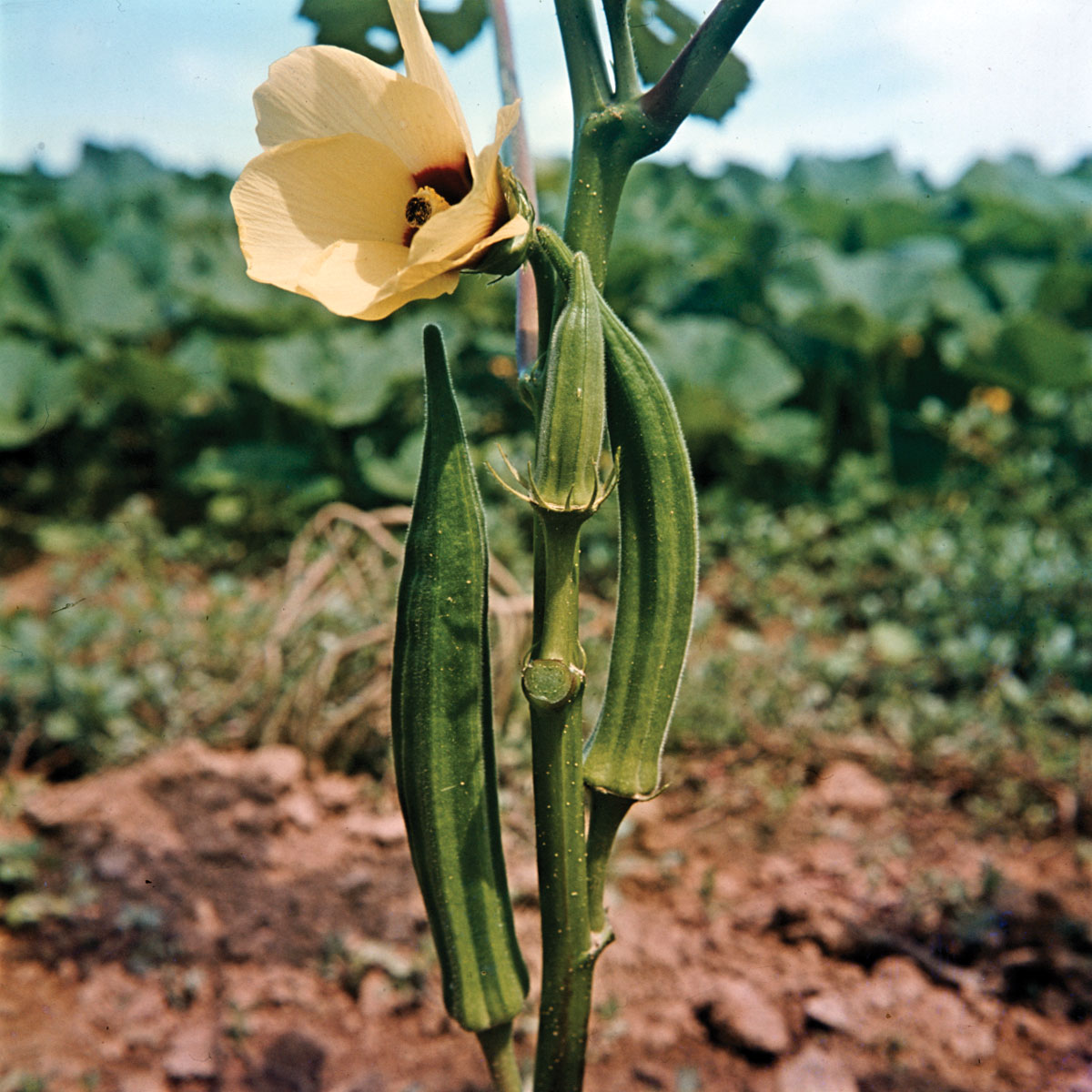Botany Notes On – Malvaceae – For W.B.C.S. Examination.
উদ্ভিদ বিদ্যার নোট – মালভেইশী – WBCS পরীক্ষা।
Botany is highly scoring optional subject in W.B.C.S. Mains exam. This is one of the optional subjects that the WBCS offers candidates in the mains exam. Not many candidates opt for it as it is a specialized subject. This article talks about Botany as an optional for the W.B.C.S. mains exam and gives a few tips to prepare for this optional. It will be difficult to any aspirants does not have a prior knowledge of Botany and Agriculture.Also, aspirants with a background in biotechnology can also opt for this optional subject.Malvaceae, the hibiscus, or mallow, family (order Malvales) containing some 243 genera and at least 4,225 species of herbs, shrubs, and trees. Representatives occur in all except the coldest parts of the world but are most numerous in the tropics. A number of species are economically important, including cotton (various Gossypium species), cacao (Theobroma cacao), linden (Tilia species), durian (Durio species), Hibiscus, and okra (Abelmoschus esculentus).The plant are generally herbs (Abutilon, Malva, Sida, Urena), shrubs (Hibiscus, Gossypium), and a few trees (Gossypium arboreum) with a mucilaginous sap in all parts. Usually young parts of the plants are covered with stellate hairs.Continue Reading Botany Notes On – Malvaceae – For W.B.C.S. Examination.
Distribution of Malvaceae:
It is commonly called cotton family or mallow family. The family consists of about 85 genera and 1500 species among which 111 species found in India. The plants are almost cosmopolitan in distribution but many of which are confined to tropics and sub-tropics.
Economic Importance
Economically this family is of much importance because there are a number of fibre yielding plants. According to certain authorities nearly all genera can produce some or other kinds of fibres.
A. Fibre yielding plants:
1. Cotton is perhaps the most important fibre inspite of many synthetic textile fibres. The seed coat of Gossypium produce epidermal hairs which is cellulosic in nature. This is cotton wool. These hairs are flattened, twisted and from the staple. Cotton plant grows best in the sandy damp soil of humid regions.
Previous Years Question Papers are a must when it comes to preparing for Optional subjects.
Egyptian cotton is derived from G. peruvianum whose staple length is 4 7/8 cms. G. barbadense produces sea inland cotton; its staple length in 5 cms. G. hirsutum is a native American species and is also considered superior cotton. The main Indian species is G. herbaceum; its staple length is 1 7/8 cms. G. arboreun is a small tree or a large shrub. It is also cultivated in India.
Cotton seed is further important for it produces an edible oil which is semidrying and useful as oleomargarine and in soap. The oil cake is also a very nourishing cattle feed. The residue is also used in washing powder, in preparation of oil cloth, artificial leather, nitroglycerine etc.
2. Hibiscus cannabinus (Hindi-Patsan, Deccan Hemp or Bilipatam Jute) produces a very valuable fibre from its stem which is used for making rope, cordage, coarse canvas, sacs, floor matting. It is thus used as a substitute for jute.
3. Hibiscus sabdariffa, (Hindi-Patwa). A strong silky brown fibre is produced from its stem. This is a good substitute for jute in textile and paper industry.
4. Other species of Hibiscus also produce fibres of minor importance. H. tiliaceous produces majanga fibres. Abelmoschus esculentus gives okra fibres.Also read , Notes on , Trade And Commerce – Medieval History Notes – For W.B.C.S. Examination.
5. Abutilon theophrasti (syn. A. avicennai) produces China jute or Indian mallow. It is extensively cultivated in China. It takes up dyes quickly and used in making rugs.
6. Urena lobata – It is a weed in all tropical countries and furnishes a yellowish fibre that lasts longer than jute and is used as a substitute at some places. In Barazil it is used for making coffee sacks.
7. Malachra capitata also produces a strong silky fibre like jute and used as a substitute.
Affinities of Malvaceae:
Malvaceae is related to Sterculiaceae and Tiliaceae in having mucilaginous sap, simple alternate and stipulate leaves. According to Bentham and Hooker it differs from them in having monothecous anthers, monadelphous condition and presence of involucre or epicalyx.
Hutchinson placed the single family under Malvales. Engler and Prantl put this family together with Tiliaceae, Bombaceae and Sterculiaceae in the order Malvales.
Primitive characters:
1. Presence of mucilage in plant parts.
2. Some plants are shrubs and tree-like.
3. Leaves alternate, simple, stipulate.
4. Flowers solitary, hermaphrodite, hypogynous, actinomorphic and bracteate.
5. Presence of epicalyx.
6. Corolla free.
7. Gynoecium polycarpellary {Abutilon).
8. Seeds endospermic.
Please subscribe here to get all future updates on this post/page/category/website


 Toll Free 1800 572 9282
Toll Free 1800 572 9282  mailus@wbcsmadeeasy.in
mailus@wbcsmadeeasy.in



















































































































